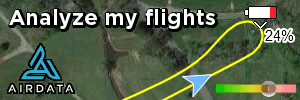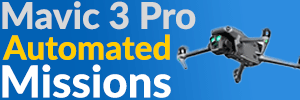HoozierDroneDaddy
Well-Known Member
- Joined
- Mar 12, 2017
- Messages
- 1,077
- Reactions
- 762
- Age
- 72
Now this doesn't exactly cover the situation you describe, since it refers to an in-flight emergency, but to my mind the spirit of the regs is that if you, as the pilot-in-command using your best judgment, decide that the rules need to be broken in order to perhaps save a life, you go for it and plead forgiveness later.
14 CFR § 91.3 - Responsibility and authority of the pilot in command
§ 91.3 Responsibility and authority of the pilot in command.
(a) The pilot in command of an aircraft is directly responsible for, and is the final authority as to, the operation of that aircraft.
(b) In an in-flight emergency requiring immediate action, the pilot in command may deviate from any rule of this part to the extent required to meet that emergency.
(c) Each pilot in command who deviates from a rule under paragraph (b) of this section shall, upon the request of the Administrator, send a written report of that deviation to the Administrator.
The intent of an emergency with regards to UAV's is as mentioned above in 91.3. "IN-FLIGHT EMERGENCY". i.e.: the example where the UAV would climb above 400' to avoid a manned aircraft, etc. The UAV is in the air and violates existing rules to avoid an emergency.
The officer asking someone to take flight due to a ground/water emergency does not fall under this rule. If the UAV is on the ground, and takes off, they are not avoiding an air emergency under 91.3, they are placing themselves in violation of FAA rules by launching into controlled airspace without having authorization first. Once it becomes a SAR operation it is no longer a hobby flight and authorization is required.
I am not saying to fly or not fly to search for the victim, only clarifying the above.
If you decide to fly and assist the officer, as mentioned already, make sure you have the officer initiate communications with the tower, and the local command to prevent interference with any manned SAR aircraft.











